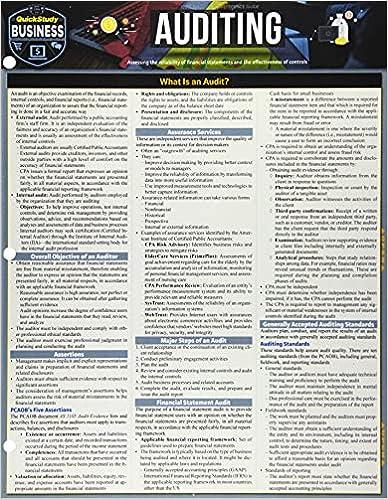Chapter 14 Fnancal Statement A EX 14-7 Current position analysis Obj3 PepsiCo, Ine., the parent company of Frito-Lay snack foods and Pepsi beverages, had the following current assets and current liabilities at the end of two recent years current ratio, 1.1 Current Year Previous Year in milions)nltions Cash and cash equivalents Short-term investments, at cos Accounts and notes receivable, net 5 4,067 58 6912 5 6.297 322 7041 3581 1479 4815 12274 Prepaid expenses and other current assets Short-term obligation Accounts payable 2.277 6.205 11,949 A. Determine the (1) current ratio and (2) quick ratio for both years. (Round to one decimal place.) What conclusions can you draw from these data about PepsiCo's liquidity? Obj. 3 EX 14-8 Current position analysis The bond indenture for the 10-year, 9% debenture bonds issued January 2, 20Y5, required working capital of $100,000, a current ratio of 1.5, and a quick ratio of 1.0 at the end of each calendar year until the bonds mature. At December 31, 20Y6, the three measures were corn- puted as follows: 1. Current assets $102,000 Cash. Temporary investments Accounts and notes recelvable (net 120,000 6.000 24000 124,800 Prepaid expenses Intangible assets Property, plant and equipment. Total current assets (net 510,000 Current liabilities Accounts and short-term notes payable..5 96,000 Accrued liabilities 204,000 Total cunent iabilities Working capital 210,000 17 $510,000+$300,000 12 $115,200+$ 96,000 2. Current ratio A. List the errors in the determination of the three measures of current position analysis. BIs the company satisfying the terms of the bond indenture? EX 14-9 Accounts receivable analysis Obj. 3 ccounts receivable The following data are taken from the financial statements of Sigmon Inc. Terms of all sales umover 20Y3, 8.2 are 2/10, n/45. 20Y3 0Y2 Accounts receivable, end of year Sales on account 725000 650000 $600 ,637,500 4,687,500 600,000 A. For 20Y2 and 20Y3, determine (1) the accounts receivable turnover and (2) the number of days' sales in receivables. (Round to the nearest dollar and one decimal place.) B What conclusions can be drawn from these data concerning accounts receivable and credit policies








